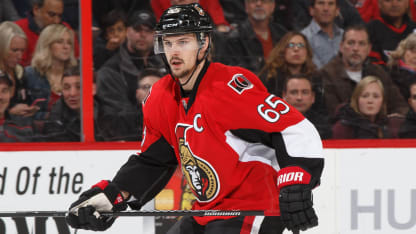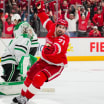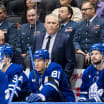It's a bit more difficult to statistically determine which defensemen are doing the job on defense, because there's no equivalent statistic for how many goals a player prevented, either directly or indirectly.
Traditionally, PHWA voters consider which defensemen are being used in key defensive situations: killing penalties, taking on high-scoring opponents, being deployed for defensive-zone faceoffs, and defending late leads. That information is weighed against how effectively each defenseman denies his opponents' shot attempts, scoring chances, and goals in those situations.
Ways to analytically measure each of these have all been developed in recent years. Zdeno Chara of the Boston Bruins, who won the Norris Trophy in 2008-09 despite ranking No. 12 in defenseman scoring, is a good example of defensive prowess being taken into account.
The ideal situation for voters is when a player finds a way to hold a top-10 spot among the metrics that define excellence on the offensive side of the puck, and a top-10 ranking in defensive metrics.
Duncan Keith of the Chicago Blackhawks in 2013-14 and Nicklas Lidstrom of the Detroit Red Wings in 2010-11 were two such players to win the Norris.
This season, there is no such player.
Of the six defensemen with 70 or more Karlsson-adjusted points, Josi is the only one who is his team's top defensive option. Whether killing a penalty, facing a top opponent, or protecting a late lead, Josi and defense partner Shea Weber are Nashville's top options in key defensive situations.


















